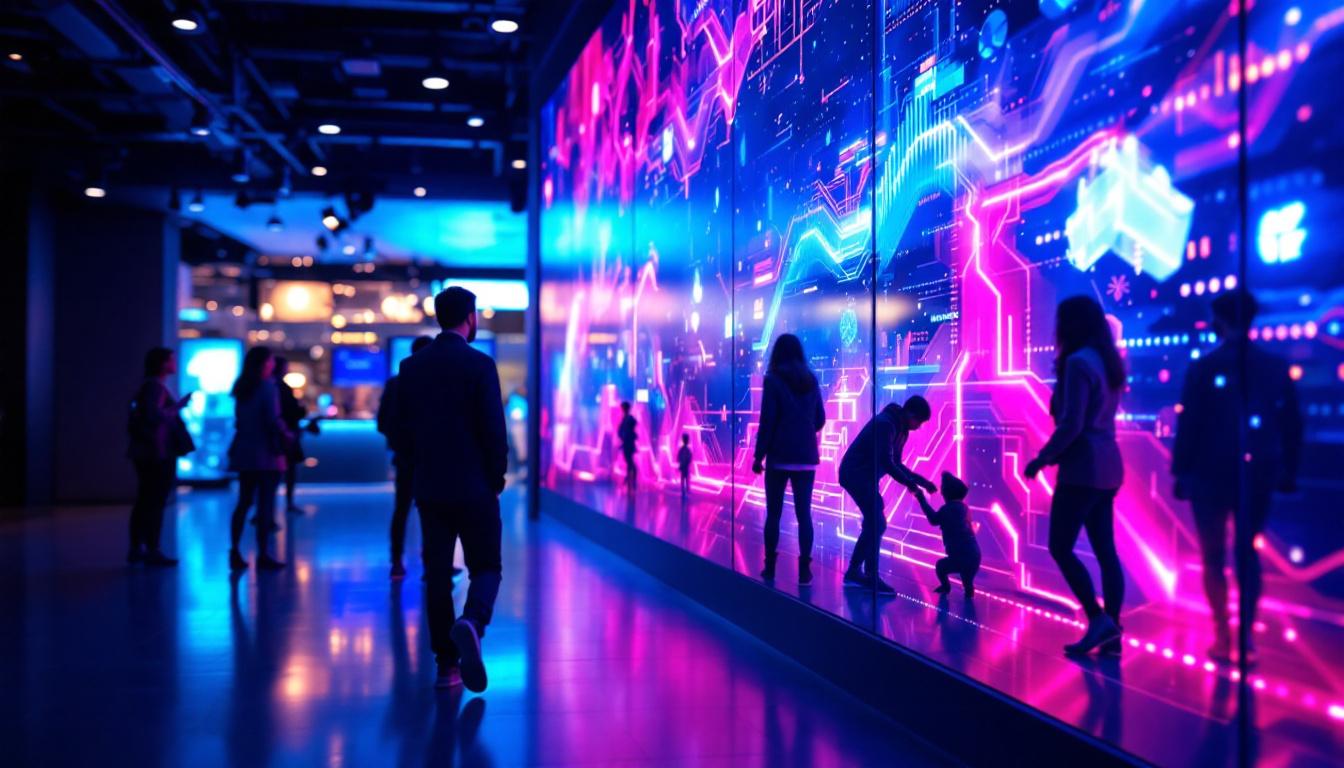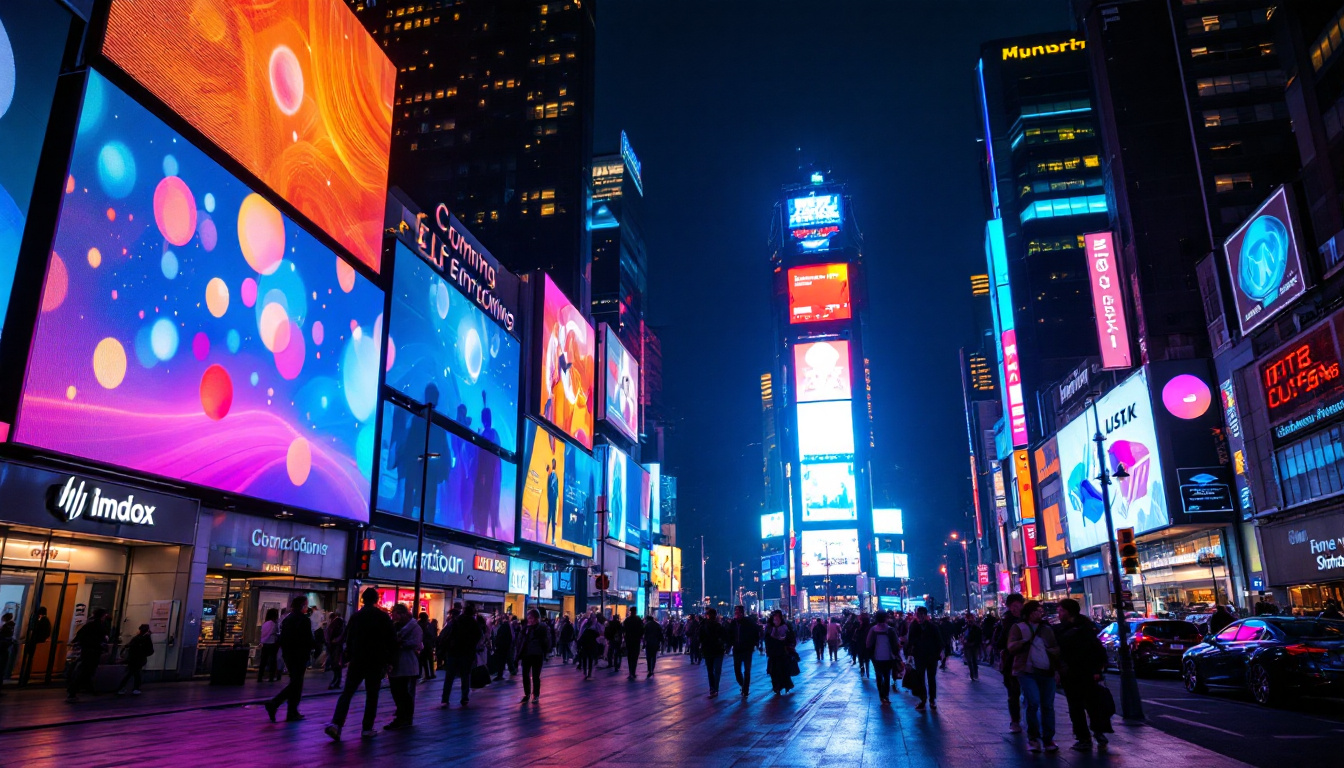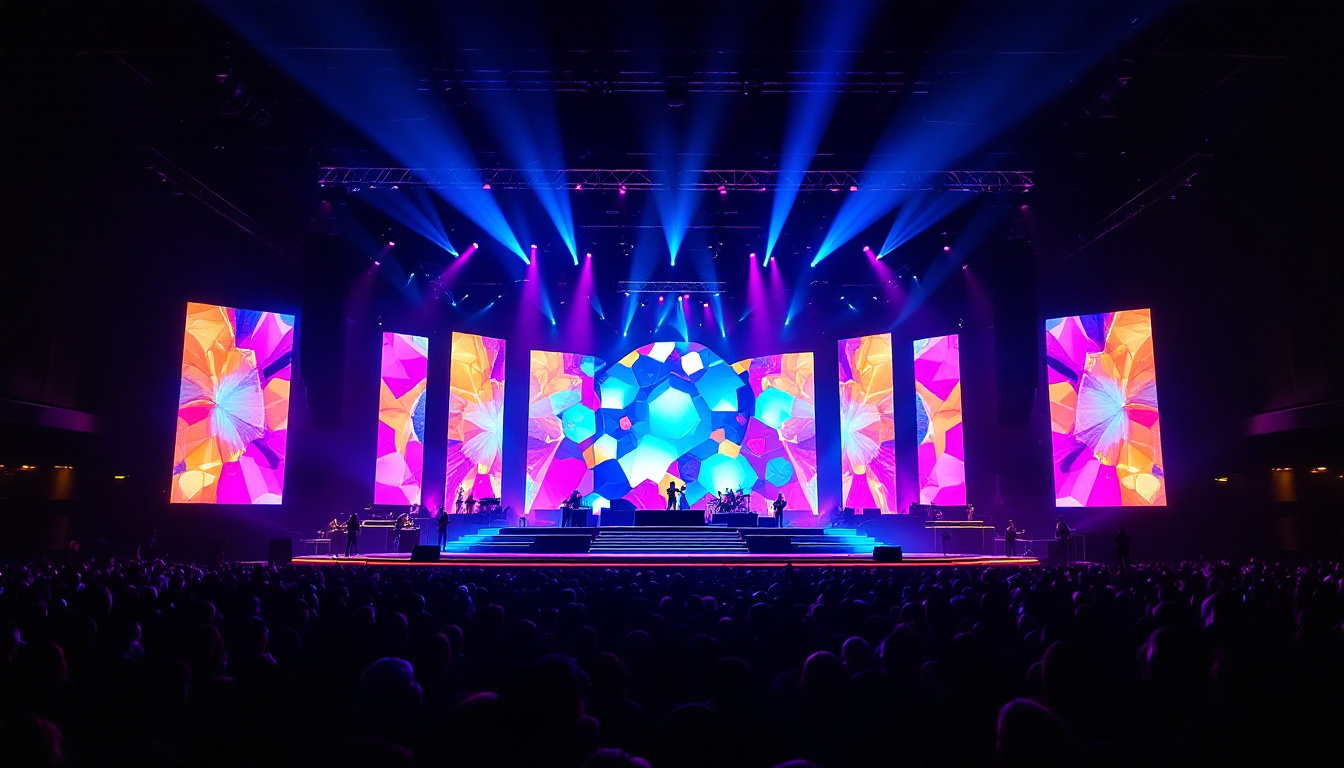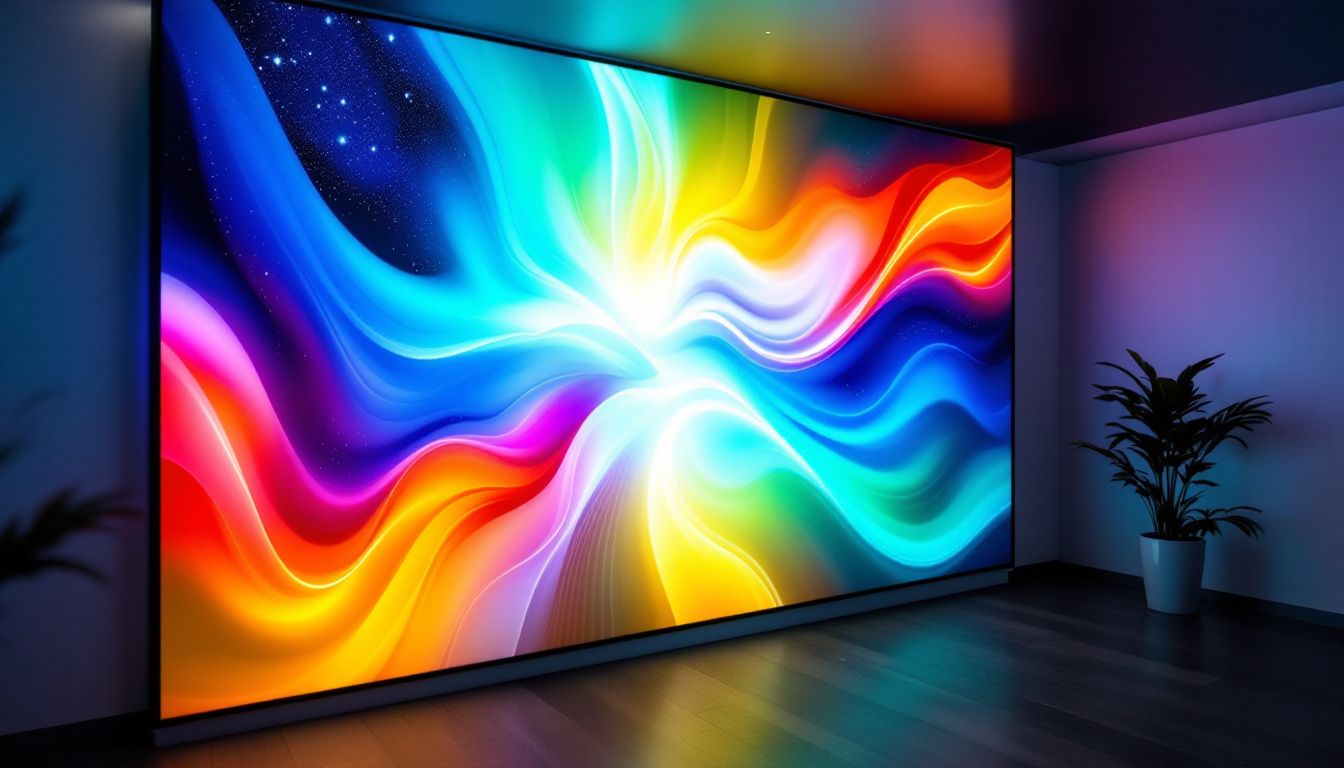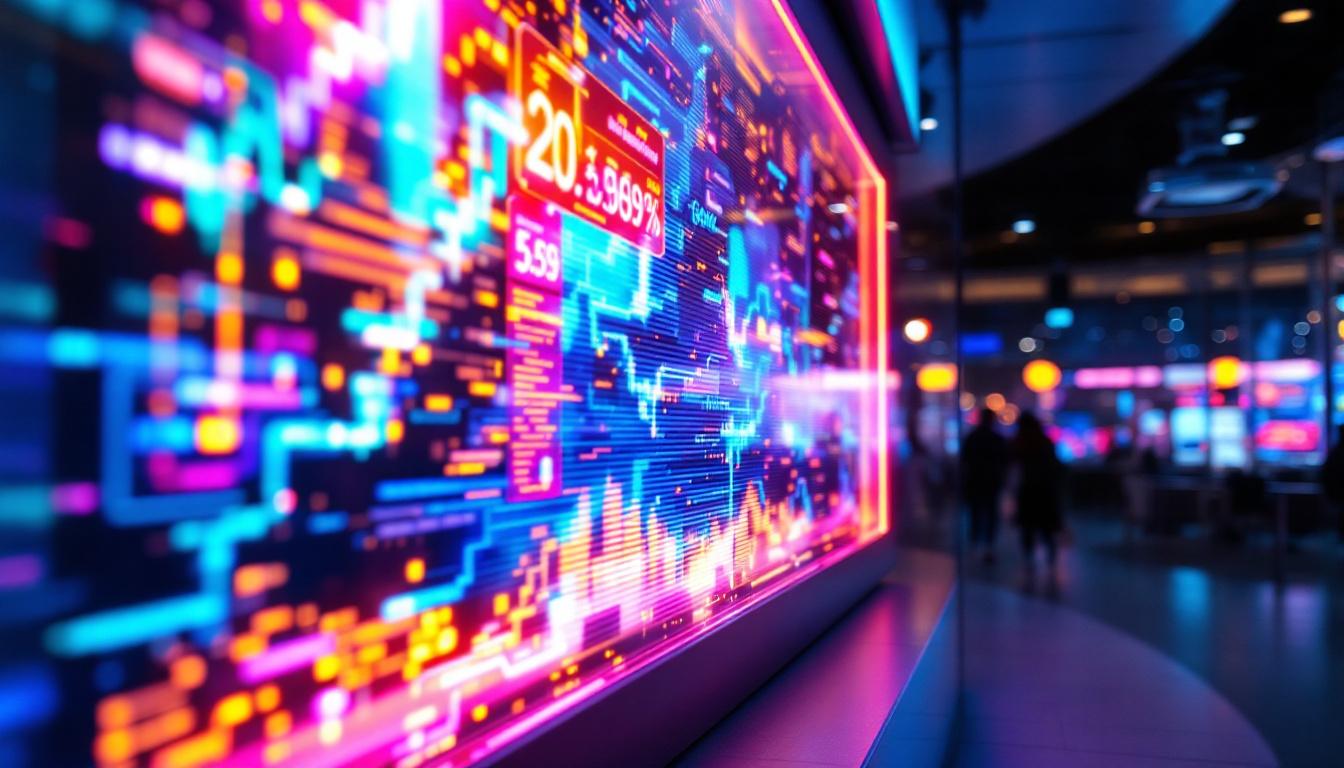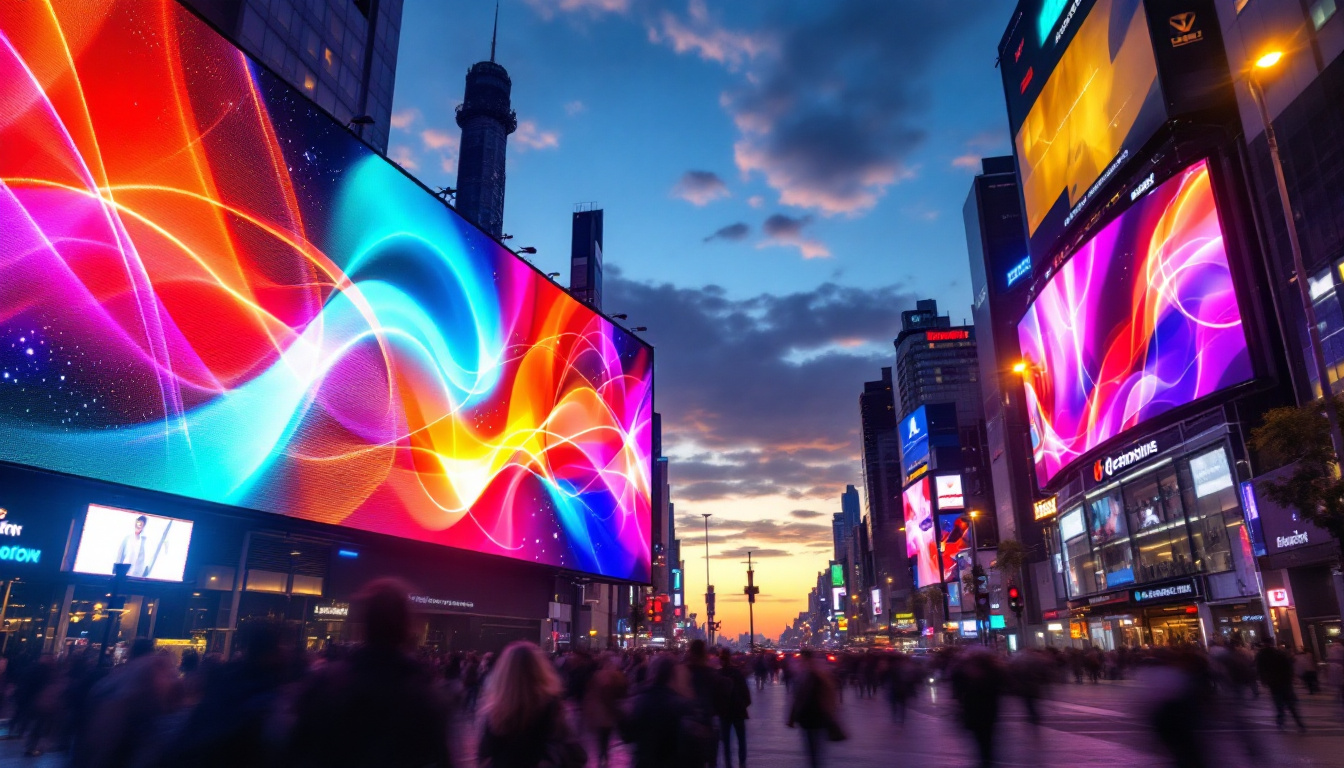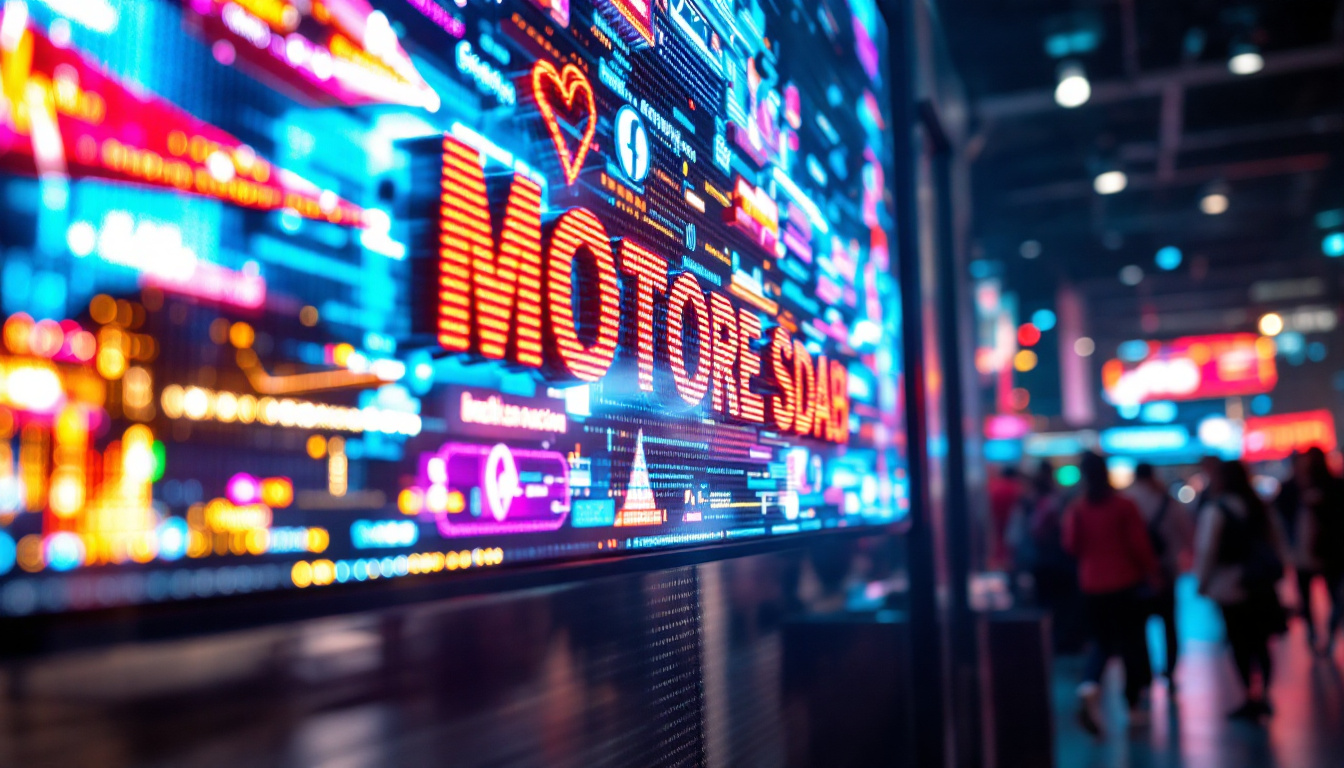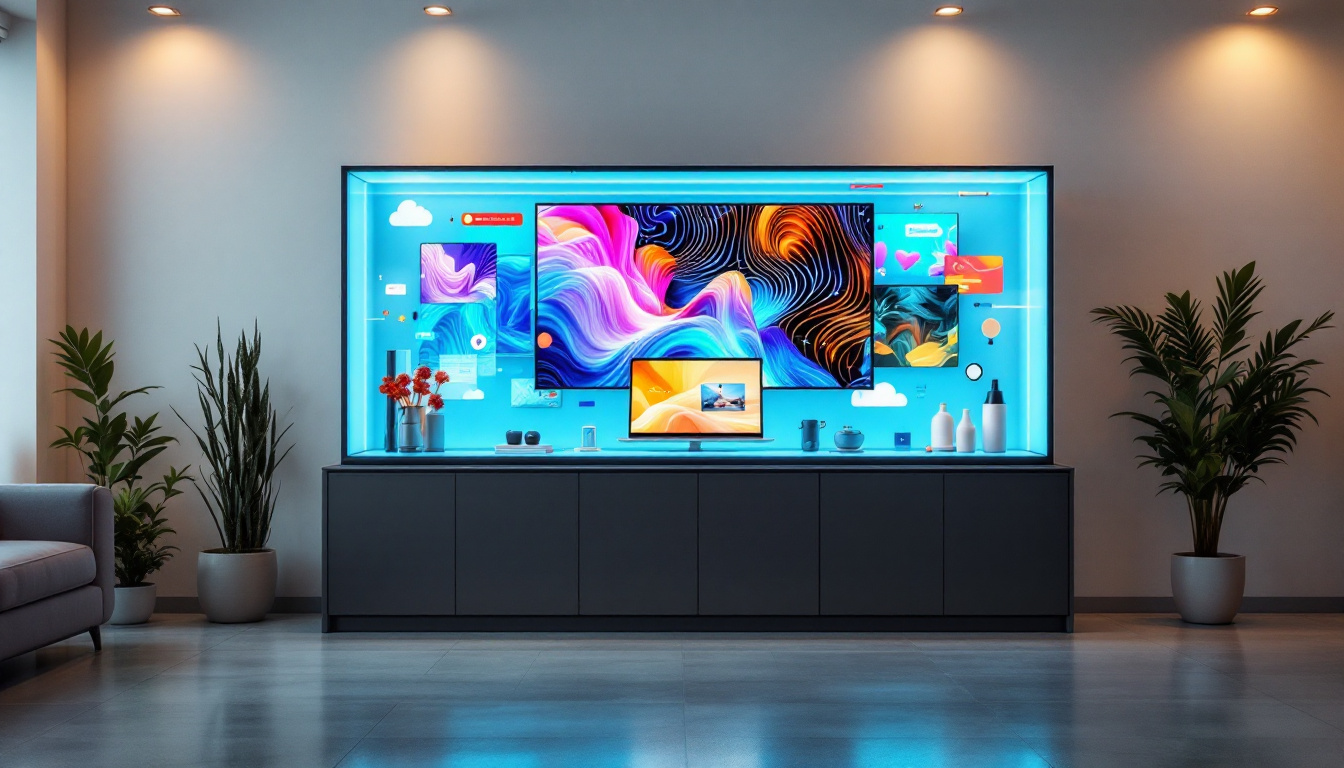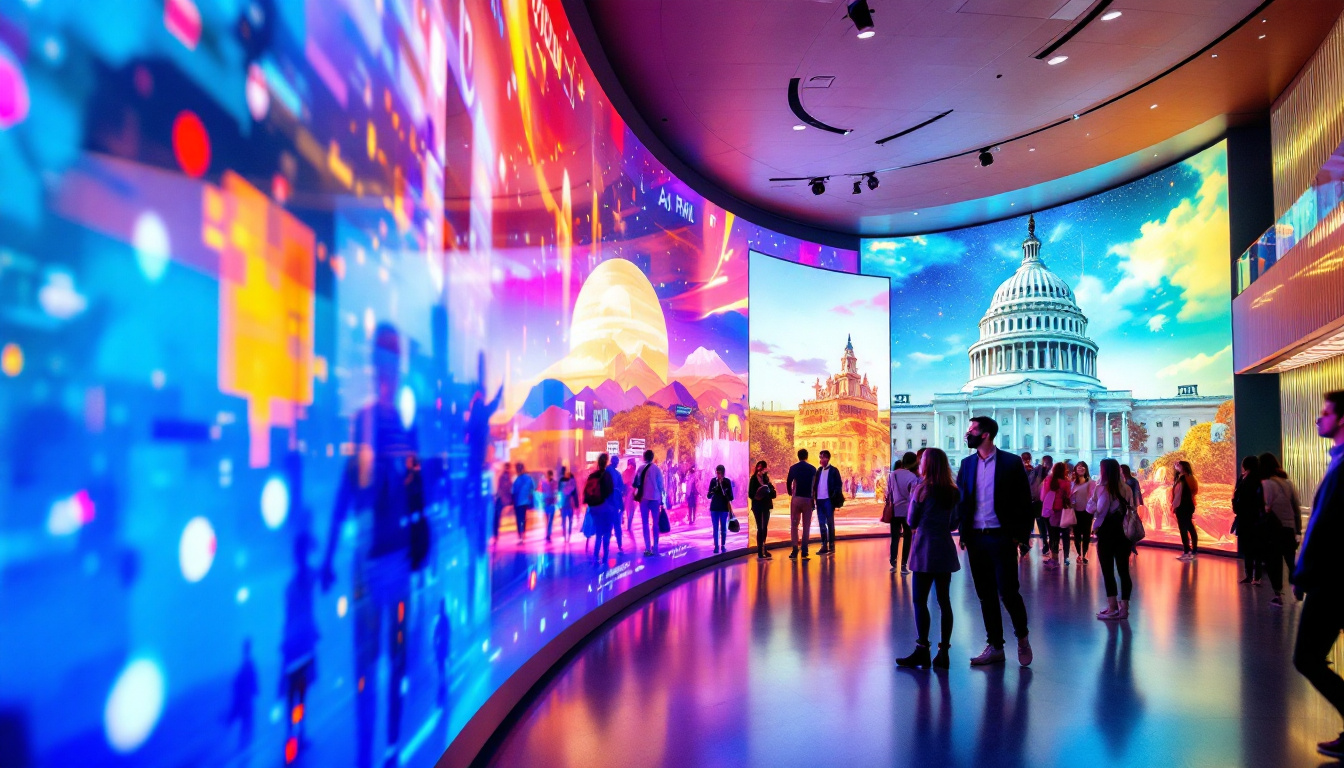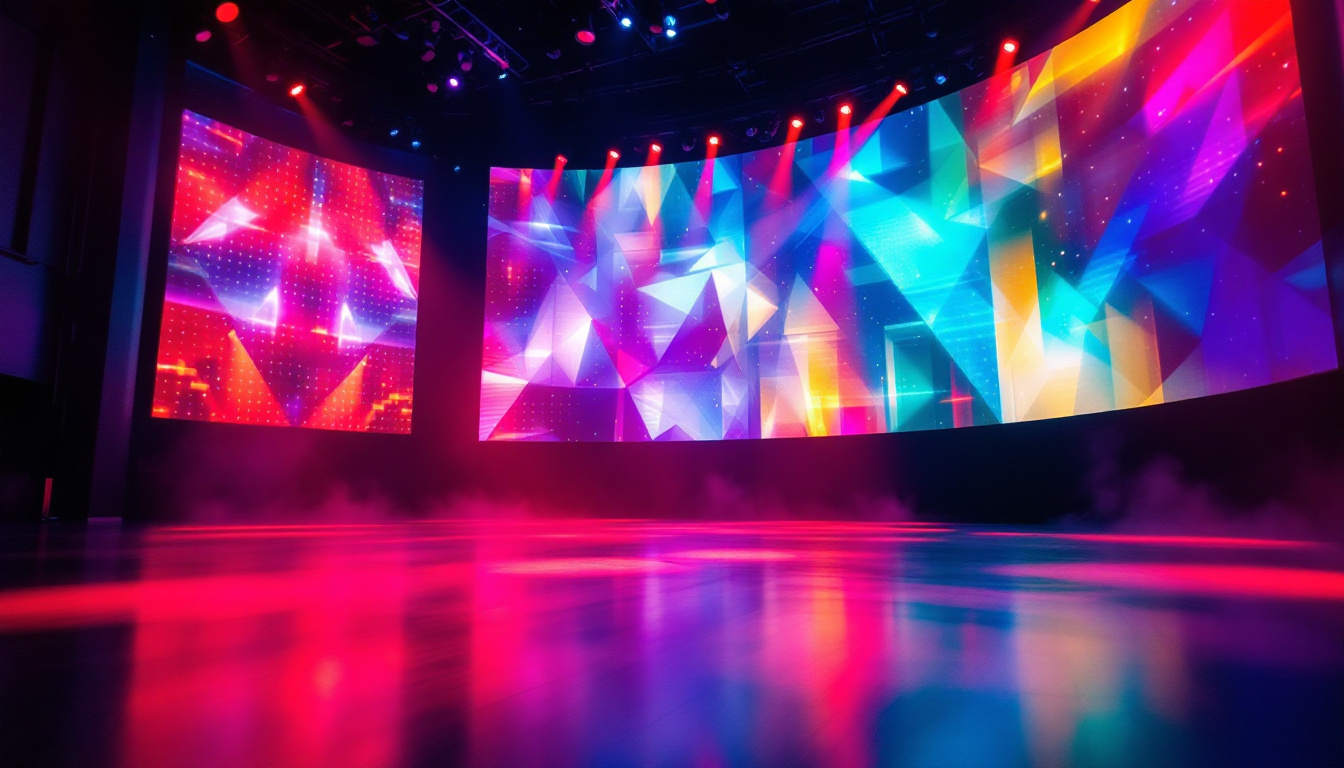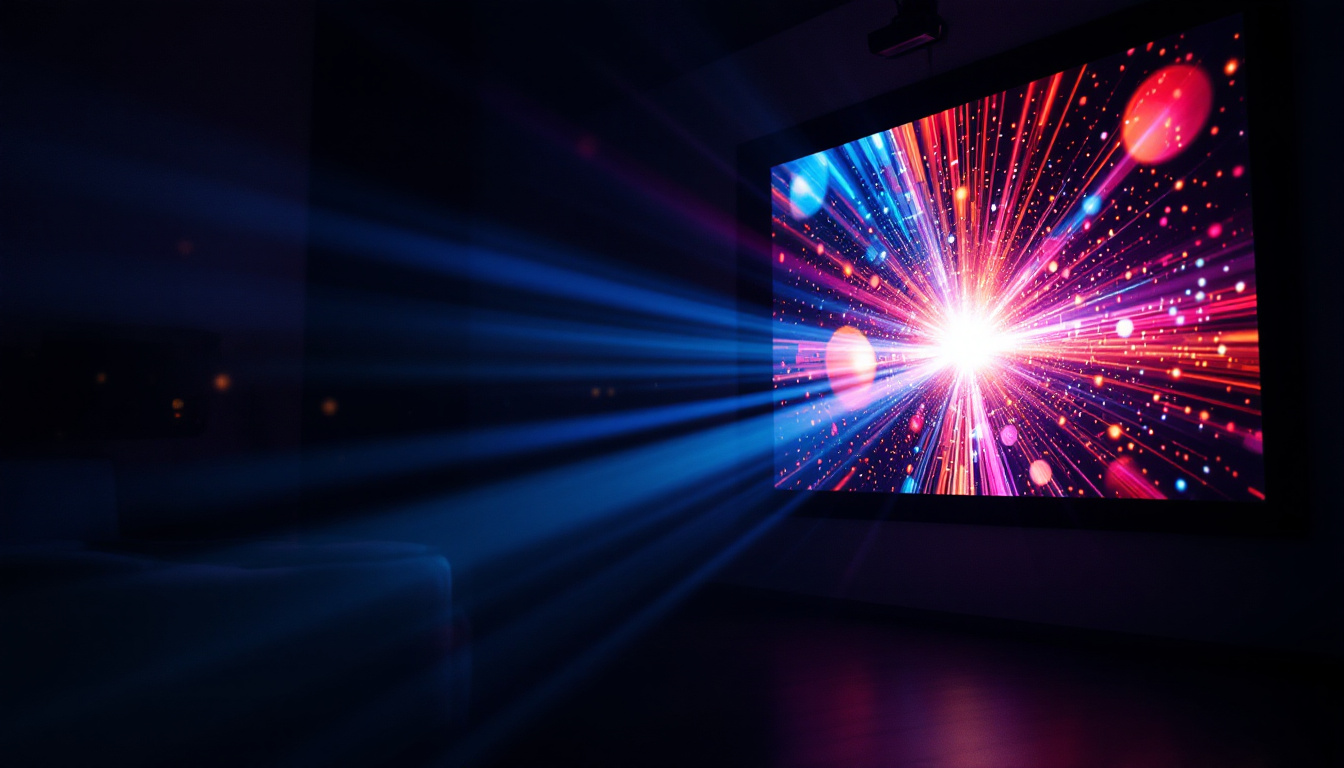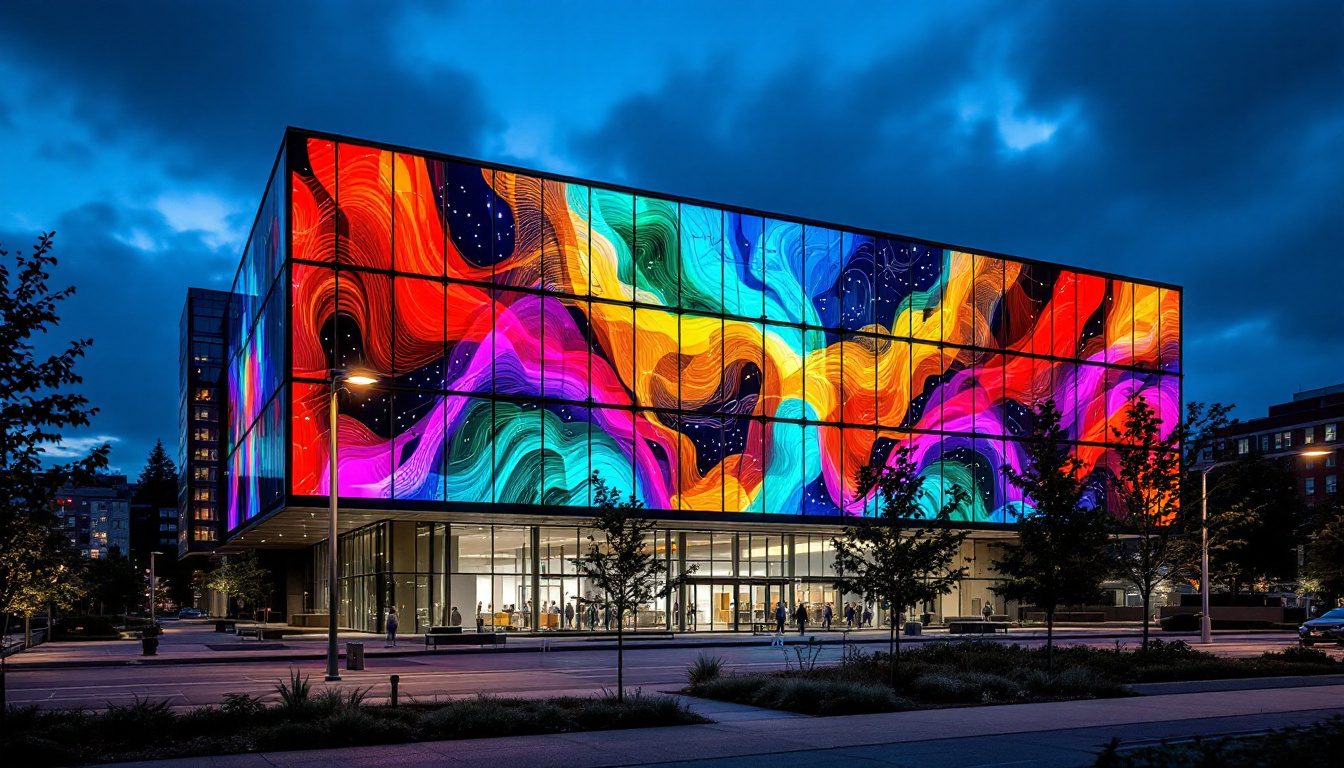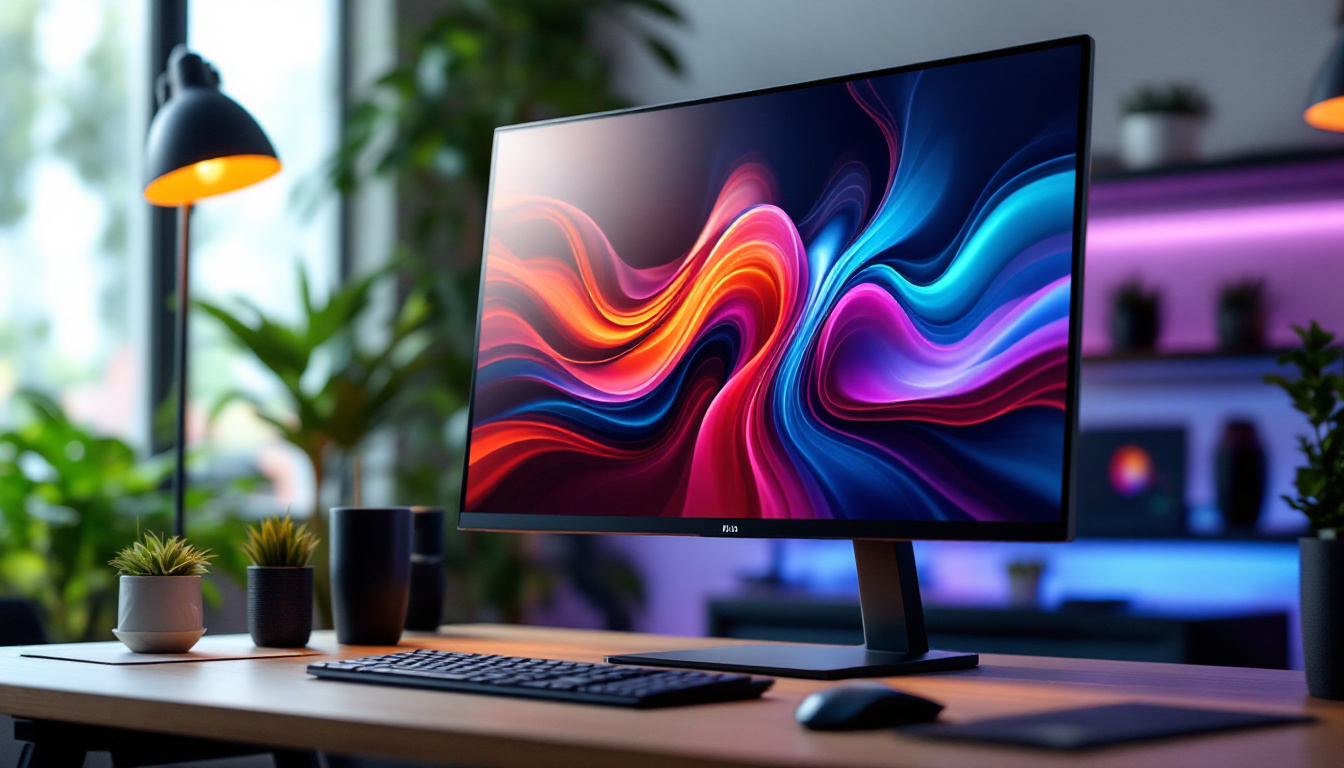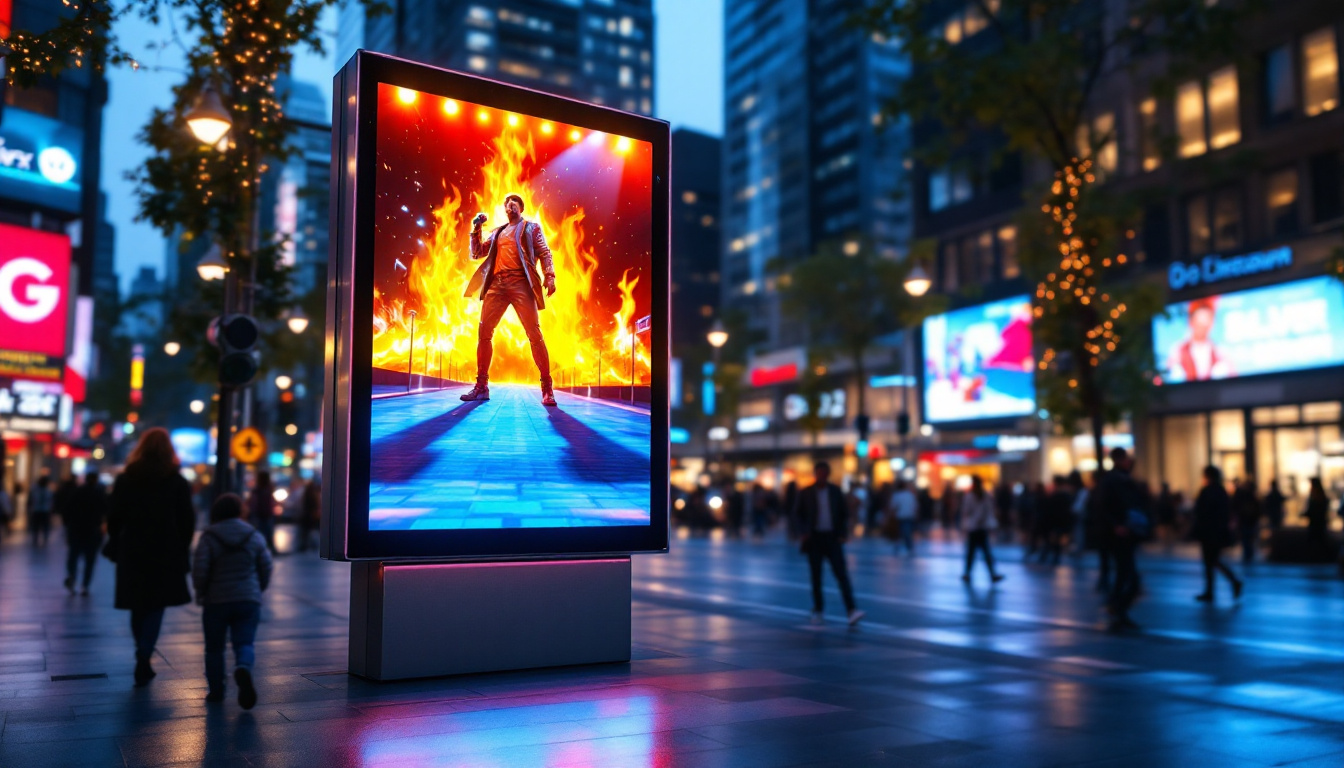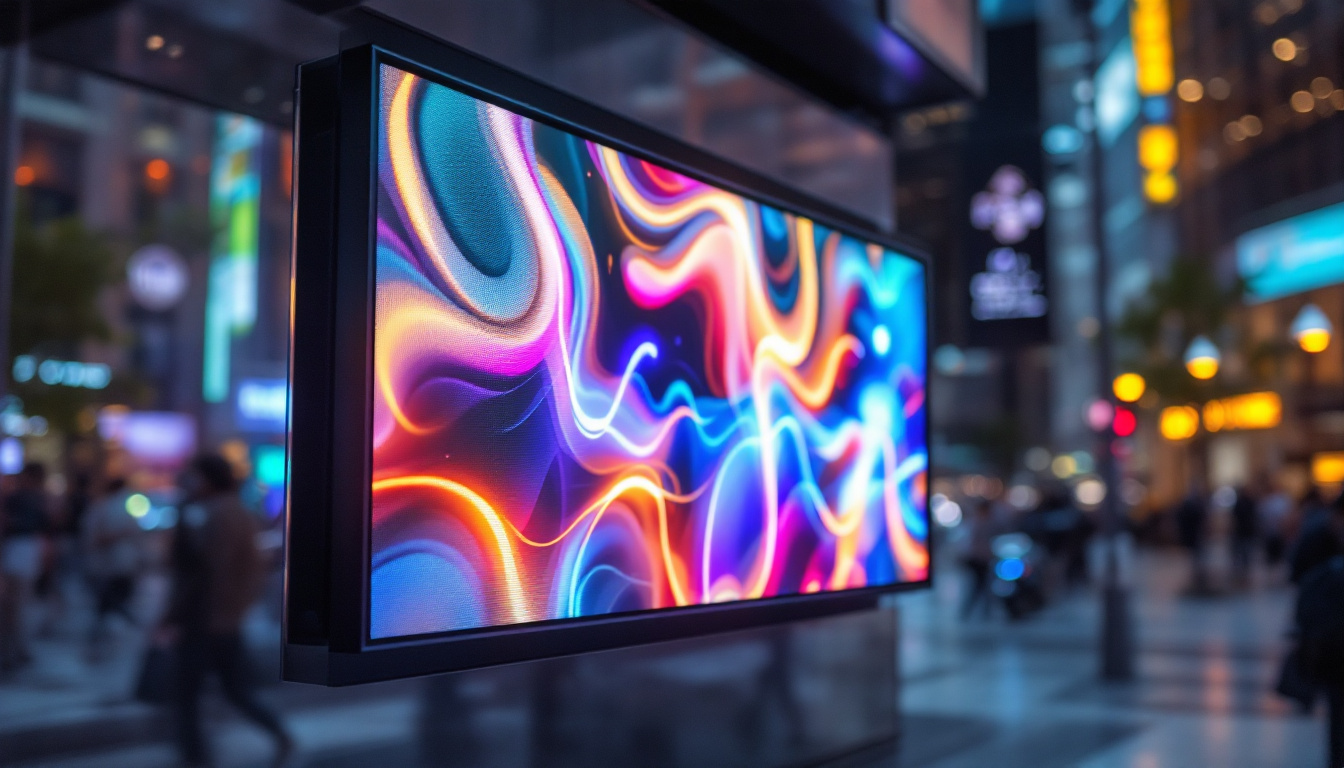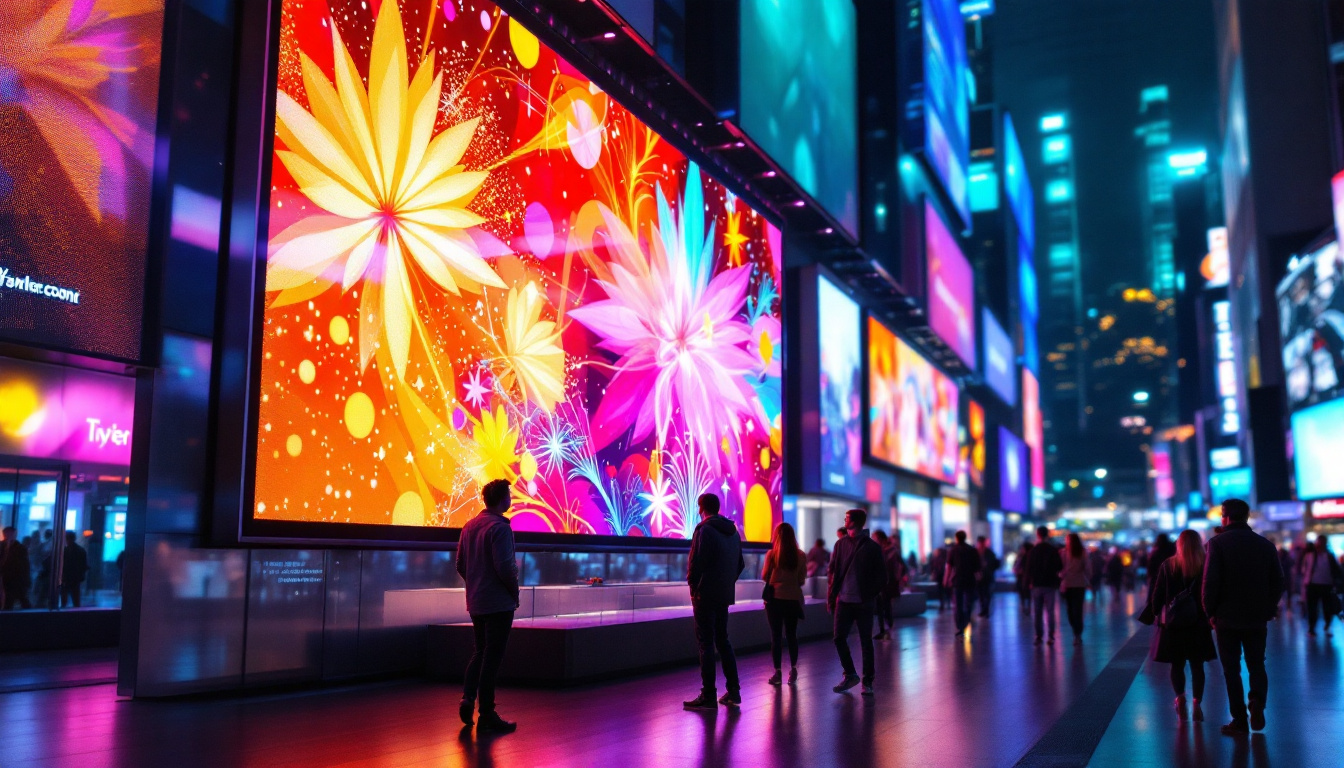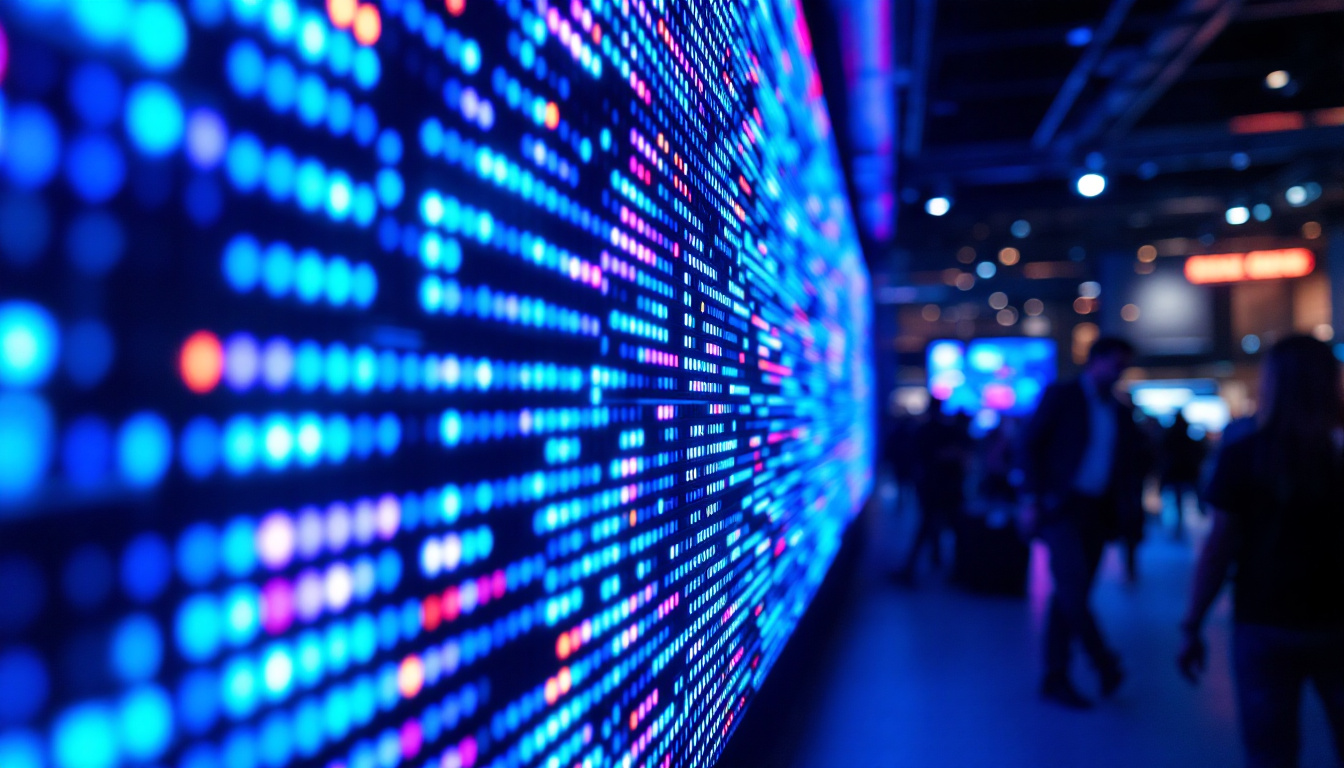In today’s fast-paced digital world, commercial display screens have become indispensable tools for businesses seeking to capture attention, convey messages, and enhance customer engagement. Among various display technologies, LED displays stand out for their brightness, versatility, and energy efficiency. This article delves into the world of commercial LED displays, explaining their technology, benefits, applications, and considerations for businesses looking to invest in this dynamic medium.
Understanding LED Display Technology
LED, or Light Emitting Diode, technology has revolutionized the way visual content is presented in commercial settings. Unlike traditional display technologies such as LCD or plasma, LED displays use tiny diodes that emit light when an electric current passes through them. This fundamental difference offers several advantages in terms of brightness, color accuracy, and durability. The energy efficiency of LED technology also contributes to its growing popularity, as it consumes significantly less power compared to older display technologies, resulting in lower operational costs for businesses.
Commercial LED displays are typically composed of numerous LED modules arranged in a grid, creating a large, seamless screen. Each module contains multiple LEDs that can emit red, green, and blue light, which combine to produce a full spectrum of colors. The resolution of an LED display depends on the pixel pitch—the distance between adjacent LEDs—with smaller pitches yielding sharper images. This versatility allows businesses to tailor their displays for various applications, from advertising and promotions to event staging and digital signage.
Types of LED Displays
There are two primary types of LED displays used commercially: indoor and outdoor. Indoor LED displays are designed for environments with controlled lighting and are optimized for close viewing distances. They feature a finer pixel pitch, often less than 2 millimeters, to ensure crisp images and text. These displays are commonly used in retail environments, conference rooms, and entertainment venues, where high-resolution visuals are essential for engaging audiences and conveying information effectively.
Outdoor LED displays, on the other hand, are built to withstand weather conditions such as rain, wind, and sunlight. They typically have a larger pixel pitch, ranging from 4 to 20 millimeters, to maintain visibility from greater distances. Outdoor displays also incorporate higher brightness levels—often exceeding 5,000 nits—to remain clear and vibrant even under direct sunlight. Furthermore, many outdoor LED displays are equipped with advanced features such as automatic brightness adjustment, which optimizes visibility based on ambient light conditions, ensuring that the content remains eye-catching at all times. This adaptability makes outdoor LED displays an ideal choice for billboards, sports arenas, and public transportation hubs, where they can capture the attention of passersby and deliver dynamic messaging in real-time.
Key Advantages of Commercial LED Displays
LED displays offer a range of benefits that make them an attractive choice for businesses across various industries. Understanding these advantages helps explain why LED technology has become a dominant force in commercial digital signage.
Exceptional Brightness and Visibility
One of the most significant advantages of LED displays is their outstanding brightness. LEDs can achieve luminance levels far beyond those of LCD screens, making them ideal for environments with high ambient light. For outdoor advertising, this means messages remain visible and impactful throughout the day, regardless of weather or lighting conditions. This exceptional visibility not only enhances brand exposure but also attracts potential customers from a distance, making it a powerful tool for driving foot traffic to retail locations.
Energy Efficiency and Longevity
LED technology is inherently energy-efficient, consuming less power compared to other display types. This efficiency translates into lower operating costs, which is crucial for businesses running displays around the clock. Additionally, LEDs have a long lifespan, often exceeding 100,000 hours, reducing the frequency and cost of maintenance and replacements. The reduced energy consumption also contributes to a smaller carbon footprint, aligning with the growing demand for sustainable business practices. As companies strive to improve their environmental impact, the adoption of LED displays can be a significant step towards achieving corporate sustainability goals.
Flexibility and Customization
Commercial LED displays come in a variety of shapes and sizes, from small indoor screens to massive outdoor billboards. Their modular design allows for customization to fit specific spaces and design requirements. Curved, transparent, and flexible LED displays are also available, opening new creative possibilities for architects and marketers alike. This versatility enables businesses to create unique visual experiences that resonate with their target audience, whether it’s a stunning storefront display or an immersive event installation. Furthermore, the ability to easily update the display configuration means that businesses can adapt to changing marketing strategies without the need for complete overhauls.
Dynamic Content and Real-Time Updates
Unlike static signage, LED displays enable dynamic content that can be updated in real time. This capability is invaluable for businesses that need to communicate timely information, such as promotions, news, or emergency alerts. Integration with content management systems allows remote control and scheduling, enhancing operational efficiency. Moreover, the ability to incorporate multimedia elements such as videos, animations, and interactive content can significantly enhance audience engagement. By leveraging these dynamic features, businesses can create compelling narratives that capture attention and encourage interaction, ultimately leading to higher conversion rates and customer loyalty.
Applications of Commercial LED Displays
LED displays have found a broad spectrum of applications in commercial environments. Their versatility and effectiveness make them suitable for various industries and use cases.
Retail and Shopping Centers
In retail, LED displays are used to attract customers, promote products, and enhance the shopping experience. Large LED video walls in store windows or inside malls can showcase advertisements, highlight sales, and create immersive brand experiences. According to a 2023 study by the Digital Signage Federation, retail businesses that use LED signage report a 30% increase in customer engagement on average.
Transportation Hubs and Public Spaces
Airports, train stations, and bus terminals utilize LED displays to provide travelers with real-time information such as schedules, delays, and directions. The high visibility and reliability of LED screens are critical in these fast-moving environments. Additionally, LED billboards in public spaces serve as platforms for advertising and public service announcements.
Corporate and Event Venues
Corporate offices and event venues employ LED displays for presentations, branding, and interactive experiences. Conference centers often feature large LED walls to enhance visibility for attendees, while trade shows use LED screens to create engaging booths that draw visitors. The ability to display high-resolution video content makes LED displays a preferred choice for professional settings.
Sports Arenas and Entertainment
Sports venues leverage LED displays for scoreboards, advertising, and fan engagement. The brightness and size of LED screens ensure that spectators can follow the action from any seat. Entertainment venues also use LED walls for stage backdrops and immersive visual effects, contributing to memorable experiences.
Considerations When Choosing a Commercial LED Display
Investing in a commercial LED display requires careful consideration of several factors to ensure the technology meets business needs and delivers a strong return on investment.
Pixel Pitch and Resolution
The pixel pitch determines the viewing distance and image clarity. For indoor applications where viewers are close to the screen, a smaller pixel pitch (1.2mm to 2.5mm) is essential for sharp visuals. Outdoor displays, viewed from farther away, can use larger pixel pitches (4mm to 20mm) without compromising image quality. Selecting the appropriate pixel pitch is critical to avoid pixelation or unnecessary expense.
Brightness and Environmental Durability
Outdoor LED displays must have high brightness levels (often 5,000 nits or more) to remain visible in sunlight. Additionally, they should be rated for weather resistance, including waterproofing and dust protection, typically indicated by an IP65 or higher rating. Indoor displays require lower brightness but may benefit from anti-glare coatings and temperature control features.
Content Management and Software Integration
The effectiveness of an LED display depends heavily on the content it shows. Businesses should consider the ease of use and capabilities of the content management system (CMS) that controls the display. Features such as remote updates, scheduling, and integration with social media or data feeds can enhance the display’s utility and impact.
Installation and Maintenance
Proper installation is vital to ensure the longevity and performance of an LED display. Factors such as structural support, power supply, and ventilation must be addressed. Additionally, selecting a provider that offers reliable maintenance and support services can minimize downtime and extend the display’s lifespan.
The Future of Commercial LED Displays
As technology advances, commercial LED displays continue to evolve, offering even greater possibilities for businesses. Innovations in mini-LED and micro-LED technology promise higher resolutions and improved energy efficiency. Transparent and flexible LED displays are becoming more common, enabling new architectural and design applications.
Moreover, the integration of artificial intelligence and data analytics with LED signage is opening doors to personalized and interactive advertising. For example, some retail LED displays now use facial recognition and demographic analysis to tailor content dynamically, enhancing customer engagement and conversion rates.
With the global digital signage market projected to grow at a compound annual growth rate (CAGR) of over 8% through 2028, commercial LED displays are set to remain a cornerstone of effective visual communication for years to come.
Conclusion
Commercial LED displays represent a powerful medium for businesses to communicate, engage, and influence their audiences. Their superior brightness, energy efficiency, and versatility make them suitable for a wide range of applications, from retail and transportation to corporate and entertainment sectors. By understanding the technology, benefits, and key considerations involved in selecting and deploying LED displays, businesses can make informed decisions that maximize impact and return on investment.
As the technology continues to advance, LED displays will become even more integral to commercial environments, offering innovative ways to connect with customers and create memorable experiences. Investing in the right LED display solution today can position businesses at the forefront of digital communication tomorrow.
Discover LumenMatrix’s Innovative LED Solutions
Ready to elevate your business’s visual impact with the latest in LED display technology? LumenMatrix is at the forefront of crafting immersive and dynamic visual experiences that captivate and engage. From vibrant Indoor and Outdoor LED Wall Displays to versatile Vehicle and Sports LED solutions, and even customizable options like Floor and Transparent LED Displays, our extensive range caters to every need. Embrace the future of digital communication with LumenMatrix’s cutting-edge LED display modules. Check out LumenMatrix LED Display Solutions and see how we can transform your brand’s visibility today.

